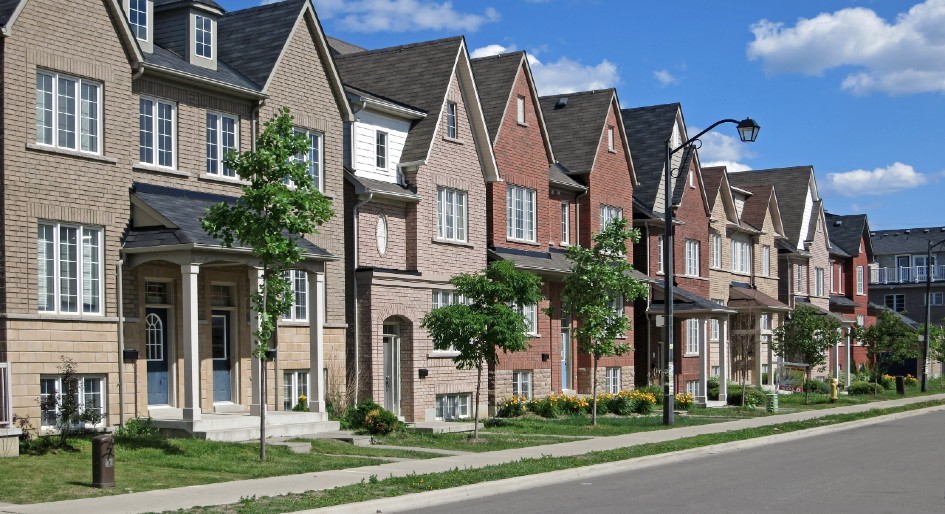A new CMHC report looks at secondary units in municipalities throughout Ontario and what contributes to disparities.
Developed using the Municipal Property Assessment Corporation’s (MPAC) database, CMHC researchers created a method to identify which properties in 28 Ontario municipalities contain a secondary unit, with Toronto having the highest ratio.
The report estimates that nearly one out of six ground-oriented homes in Toronto is equipped with a secondary unit, totalling approximately 75,000 units across the city.
“This report hopes to provide more accurate data and analysis on secondary units to housing stakeholders, particularly at the municipal government level,” said Anthony Passarelli, Senior Analyst with CMHC. “Along with the creation of new purpose-built rental apartment structures, secondary units help to address shortages of affordable rental housing.”
A secondary unit is commonly referred to as a basement apartment, accessory apartment, in-law suite or laneway home. Past attempts to estimate the number of these units, including by CMHC, were unsuccessful due to a lack of reliable data.
Estimated percent of homes with a secondary unit by municipality:
- Brampton – 9.6%,
- Sudbury – 8.9%
- Thunder Bay – 8.4%
- Mississauga – 7.4%
- Ottawa – 3.3%
- Hamilton – 3.1%
According to the study, basement apartments are the most common type of secondary unit, more prevalent in the older, established neighbourhoods that are highly coveted by renters due to their close proximity to their downtown cores and major amenities.
Municipalities with a low supply of purpose-built, condominium and subsidized rental housing, such as Brampton, Ajax and Barrie, tended to have a higher ratio of properties with a secondary unit.
Municipalities with persistently low vacancy rates, such as Toronto, Mississauga, Guelph and Kingston are more likely to have secondary units.
Due to their smaller floor area and design features, single-storey homes were more likely to have a secondary unit than other styles of homes.
For more on this study, visit Secondary Units in Ontario | CMHC (cmhc-schl.gc.ca)






